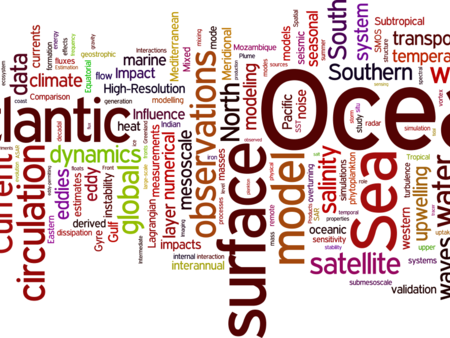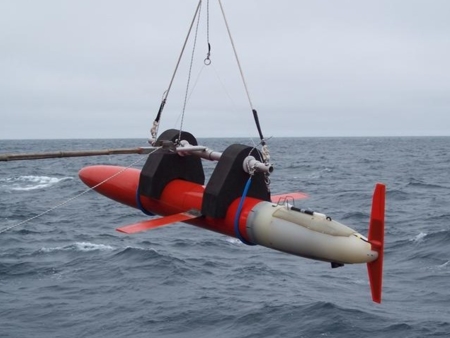Mathieu Morvan
Title: Meso- to Submesoscale Eddies in the Gulf of Oman and the Gulf of Aden: Impact on the Persian Gulf Water and the Red Sea Water
Supervisor: Pr. Xavier Carton
Fundings: UBO & SHOM (started October 2016)
In the marginal seas of the Arabian Sea, the Persian Gulf and the Red Sea, warm and salty waters are formed via evaporation due to strong solar radiation. These dense water masses called the Persian Gulf Water (PGW) and the Red Sea Water (RSW), exit the marginal seas throughout the Strait of Hormuz and the Strait of Bab El Mandeb respectively, as bottom density currents. Then, they cascade down to the depth of their neutral density in the Gulf of Oman (PGW) and the Gulf of Aden (RSW). In the former gulfs, deeply reaching mesoscale eddies dominate the circulation and drive the path and the fate of the dense outflow waters.
The purpose of the thesis is to understand how the Persian Gulf Water and the Red Sea Water are carried out in the Gulf of Oman and the Gulf of Aden via the meso- and the submesoscale eddies.
In-situ data collected by the SHOM are used to characterize the Persian Gulf Water in terms of hydrological properties.
Realistic numerical simulations are performed with the HYCOM model at mesoscale and submesoscale eddy resolving resolutions to continuously describe and quantify in time and space the life cycle of submesoscale eddies and the impact of the former on the diffusion of salty water outflows.
Idealized numerical simulations are designed to highlight the possible mechanisms responsible for the formation of submesoscale eddies and filaments.







